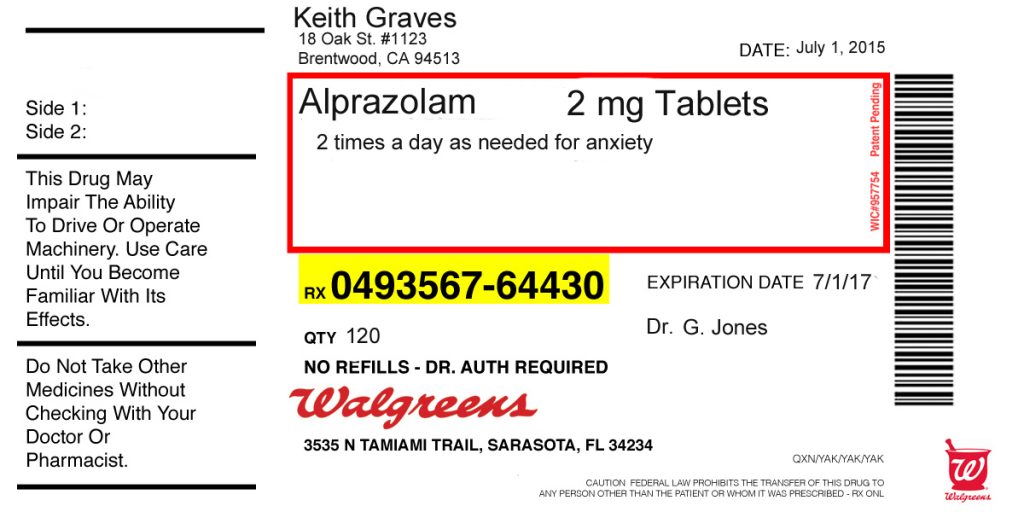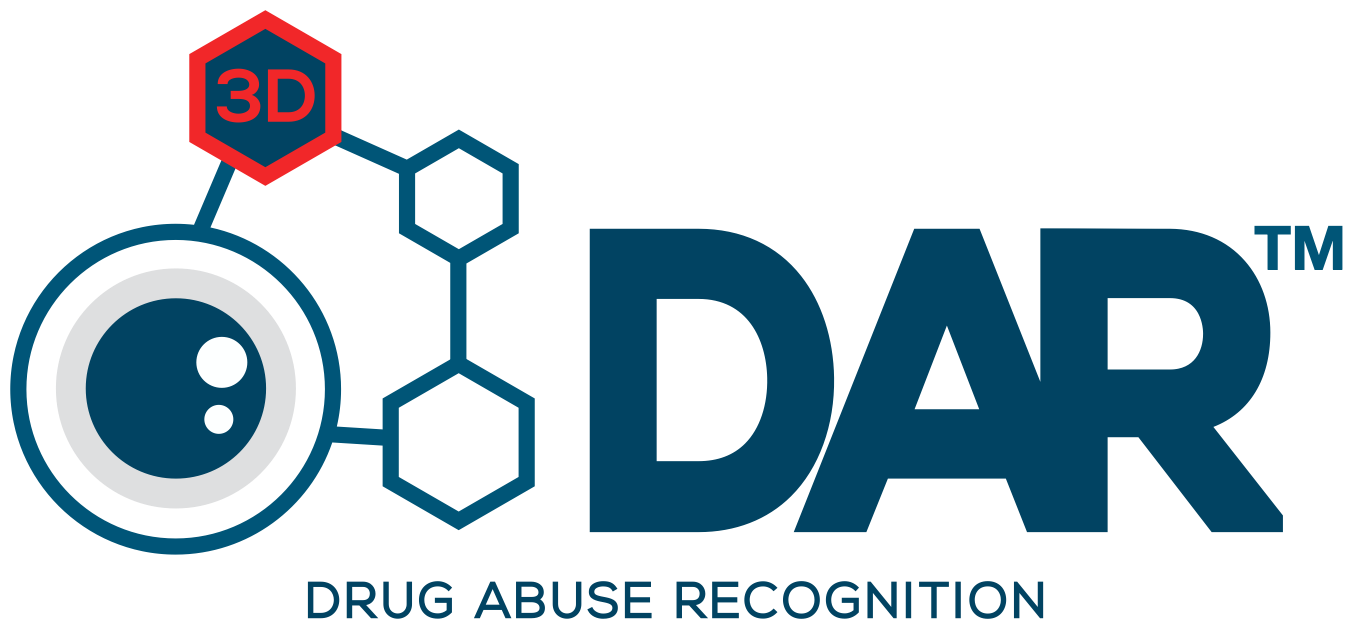It’s important for street cops to understand pharmaceutical drug diversion, or the movement of prescription drugs to the streets for illegal purposes (abuse). Looking at recent stats, Depressants, opiates and CNS Depressants are responsible for more overdose deaths (45%) than cocaine, heroin, methamphetamine and other stimulants (39%) combined. Many cops have great training on traditional street drugs, but minimal training in how to detect and investigate pharmaceutical diversion.
This article will be the first in a brief series on how to work pharmaceutical diversion cases at the street level. The first step should be to understand how to read the labels on prescription bottles. When you encounter a person abusing pharmaceuticals, reading the label will assist you in taking the confusion out of the case. You can turn a simple stop into a sales case rather quickly.

What the Prescription Label Shows
Looking at the label above, you can see that each prescription will list the contents. Using the example above, Alprazolam (Xanax) should be what is inside of the bottle. Pull all the contents out of the bottle and you should find Alprazolam (Xanax). Drug users will often hide illegal drugs inside of other pill bottles. You may find Oxycontin inside, which is a Schedule II drug and an opiate. In this case, it could be a felony possession case.
Another example was a stop made recently by a patrol officer. She stopped a car in front of a known meth dealer’s house and found the driver was under the influence of an opiate. She arrested the driver and searched him incident to the arrest. A pill bottle labeled Hydrocodone was found in his pocket. It looked like it was on the up and up. She emptied the bottle and found Hydrocodone, but she also found an OxyContin pill as well (a strong opiate). Because of this officers diligent work, she made a great felony possession case.
Next up, look at when the prescription was filled, how many pills were issued and how often they are supposed to take it. An officer had a case recently where the user filled the prescription 24 hours prior (according to the label). The prescription was for Hydrocodone, a Schedule III Opiate. He was issued 160 pills and was supposed to take one every 4 hours as needed. Looking at the label, no more than 6 pills should have been used. However, after opening the bottle, there were only 20 left.
Where did the other 154 pills go? Good question. He was on probation so the officer searched the suspect’s phone (which was legal at the time) and found numerous text messages showing he was selling Vicodin for $5 a pill. Further searching found exactly $770 in cash on his person. That’s exactly $5 for the missing 154 pills. He was convicted and is now in jail for sales. All of this from reading a label.
Next up is where the prescription was filled, the doctor that filled it and the prescription number. Many times, you’ll run across a pill bottle that had its label ripped off, but the prescription number is left behind as well as where it was filled. You can write a letter to the pharmacy, giving them the prescription number and requesting who it was prescribed to and any other pertinent information. A sample letter can be found here. When you get your results back, you could find that the prescription was taken in a residential burglary or stolen from an unsuspecting person. Many officers have made major theft cases off of reading these labels.
In future newsletters, I’ll review other aspects of pharmaceutical fraud. In the meantime, please pass this article around to your coworkers and encourage them to sign up for the Drug Intelligence Bulletin newsletter. The more the word gets out, the more great cases officers can make. You can share this newsletter by clicking “forward to a friend” at the top. Also review this in line up/briefing. Don’t keep all of the knowledge to yourself.


